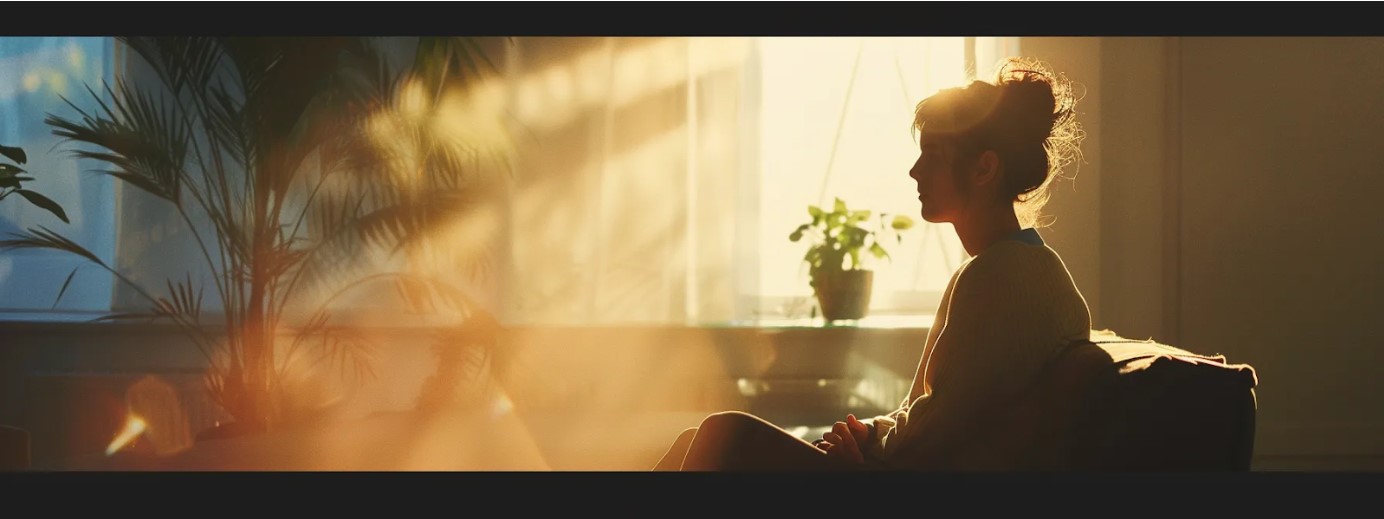Although tanning in the sun is great, too much exposure may cause skin cancer, one of the most often occurring malignancies globally; sunlight and other sources of UV rays may harm skin cells, which results in alterations that over time cause cancer. Luckily, maintaining good skin does not entail shunning the outdoors totally. Rather, it calls for a focused commitment to lifestyle changes, clothes, and skincare. Reducing the risk of skin cancer requires a combination of habits that guarantee the skin is well-protected, regardless of the situation, not a single action. Especially because skin damage is cumulative, being proactive may have long-lasting effects and help preserve skin conditions.
Adopting High-Protection Clothing:
Particularly in extended exposure, UV rays destroy conventional materials and reach the skin. One good approach to building a physical barrier against dangerous rays is using high-protection clothes. Many textiles, including tightly spun materials, may greatly lower UV penetration. Selecting high-UPF clothes reduces skin exposure, thereby helping to protect typically neglected regions such as the shoulders, upper back, and even legs from sunscreen application. Renowned brands, such as IBKUL clothing, offer garments with advanced UV-protective technology, specifically designed to shield the skin from harmful sun exposure. Designed with specialist textiles blocking up to 98% of UVA and UVB rays, these clothes are especially useful for outdoor enthusiasts, beachgoers, and athletes requiring prolonged protection without continuous sunscreen application.
Using Broad-Spectrum Sunscreen in a Strategic Approach
Although sunscreen is advised most of the time, not everyone applies it properly. Since every kind of radiation affects the skin differently, broad-spectrum sunscreens—which guard against both UVB and UVA rays—are very vital. UVB rays mostly cause sunburns and skin reddening; UVA radiation penetrates deeper and induces aging effects and cellular alterations. Frequent use of a high SPF sunscreen—ideally SPF 30 or above—helps to lower these hazards. Even in winter or on rainy days, regular sunscreen use is really essential. UV light affects the skin during basic activities like driving by penetrating clouds and even glass windows. About 15 to 20 minutes before exposure, apply sunscreen to allow the skin time to absorb it completely. Applying every two hours—more often if swimming or sweating—also guarantees constant protection.
Prioritizing Shade During Peak UV Hours for Optimal Skin Protection
Usually between 10 a.m. and 4 p.m., seeking cover during hours of maximum sun intensity dramatically lowers UV exposure. During these hours the sun is brightest, and UV light damages skin most quickly. Keeping inside or in shaded regions during this time reduces direct UV light exposure, which is usually the main offender causing skin problems. Early morning or late afternoon outdoor activities might provide a good barrier against strong UV radiation. Finding covered spaces or employing movable shade structures like umbrellas or canopies helps individuals who have to provide a layer of protection outdoors.
Consistent Skin Self-Examinations and Early Detection Strategies
Early skin cancer detection depends on constant observation of the skin for any changes. Early discovery sometimes results in improved therapeutic results. Examining oneself means looking over all of the skin, including beneath nails, the soles of feet, and difficult-to-reach locations like the scalp. Early indicators of melanoma, a particularly severe kind of skin cancer, include moles, freckles, and other markings; thus, it is important to recognize these changes. Establishing a monthly skin-check schedule helps people learn to know the typical condition of their skin, therefore facilitating the identification of odd changes. Seeing new or changing spots right away and seeking medical advice can help to stop possible cancer from developing. To evaluate if a mole or lesion could be harmful, dermatologists generally advise the “ABCDE” rule—checking for asymmetry, border irregularity, color changes, diameter greater than a pencil eraser, and changing form or color.
Selecting an Antioxidant-Rich Balanced Diet to Support Skin Health
A balanced diet high in antioxidants supports skin protection and wellness. Foods strong in antioxidants, like fruits, vegetables, and nuts, fight free radicals generated by UV radiation, therefore lowering oxidative stress that could cause alterations in cells in the skin. Foods high in vitamins C and E, carotenoids, and flavonoids—berries, leafy greens, carrots, and nuts—have been demonstrated to increase the skin’s resistance against UV-induced damage. You may take skin protection to the next level by eating omega-3 fatty acid-rich foods like walnuts, flaxseed, and salmon. Omega-3s strengthen the skin’s natural barrier, therefore lowering inflammation brought on by sun exposure and encouraging healing mechanisms.
Conclusion
Preventing skin cancer calls for a mix of lifestyle adjustments, from sensible eating to sun-protective apparel. While enhancing general skin health, making these proactive changes may greatly lower the chance of skin cancer. Those who adopt preventive behaviors, keep regular skin care, and remain alert about skin changes may keep enjoying the outdoors while preserving the future of their skin.



